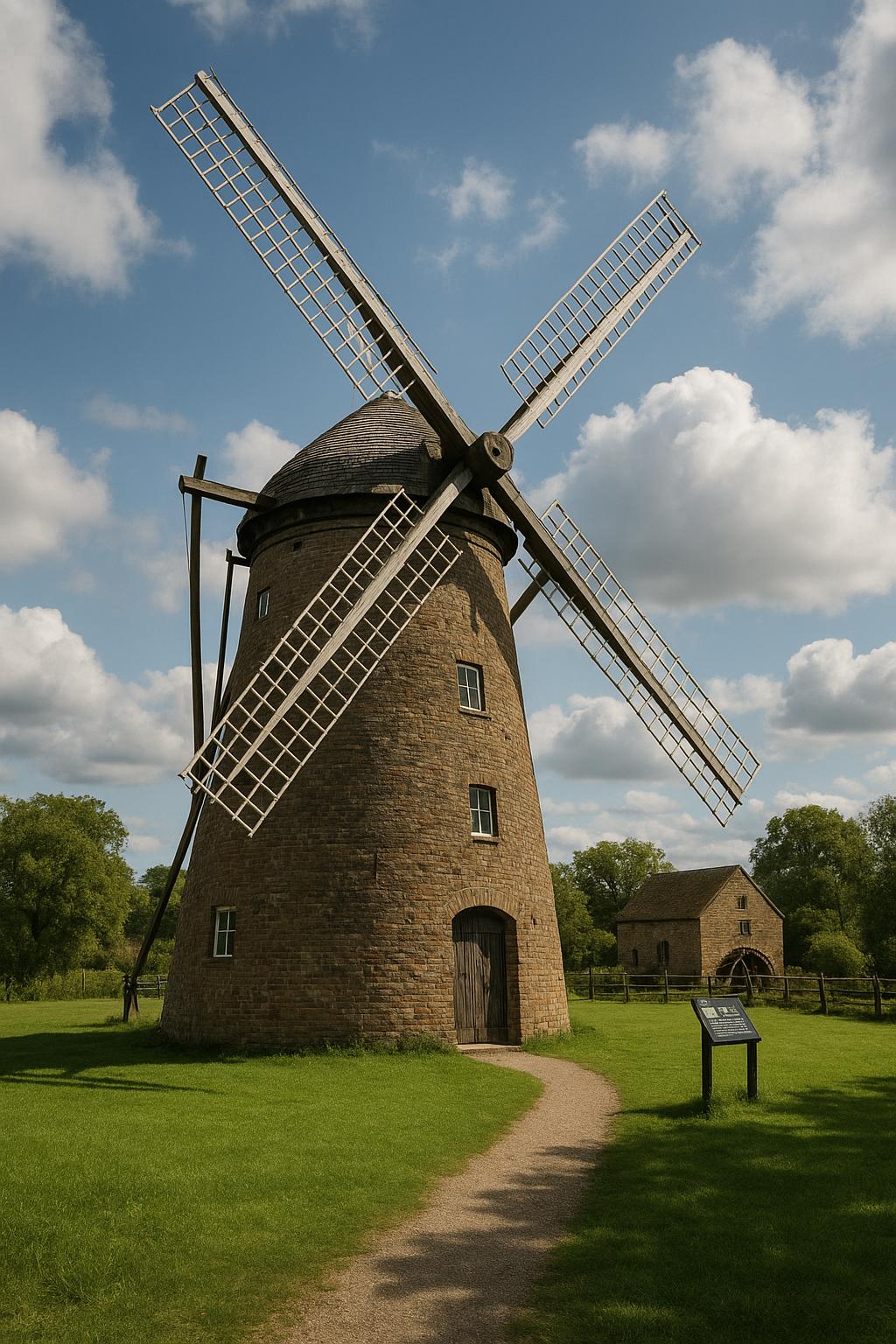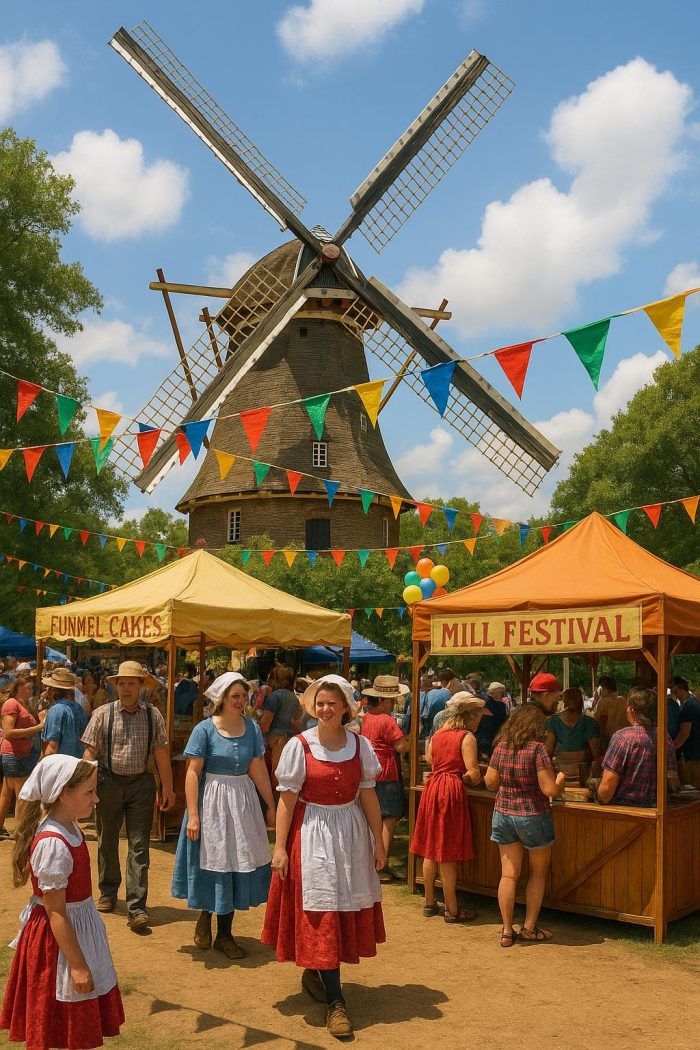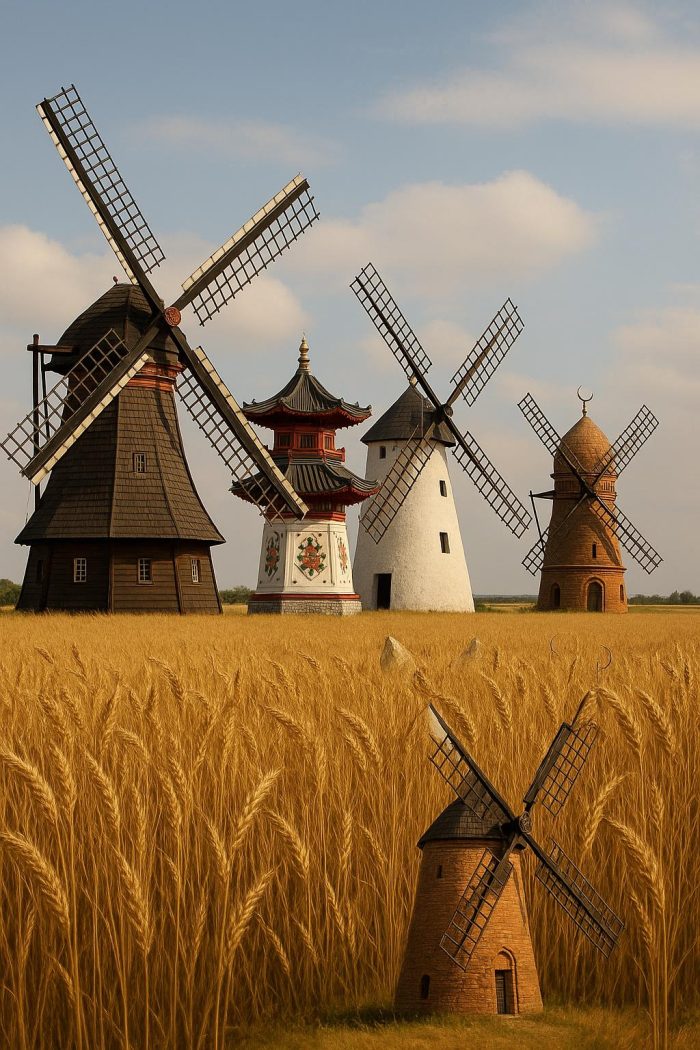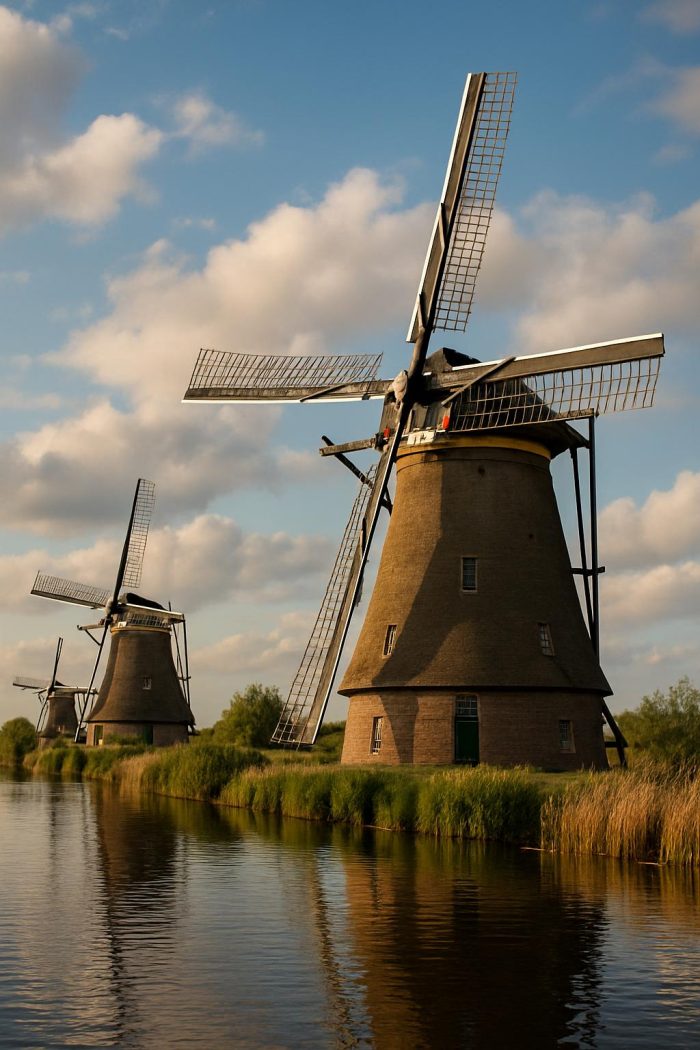Importance of Preserving Old Mills
The preservation of old mills as cultural landmarks not only serves to maintain a tangible connection to the past but also presents diverse benefits to communities. These structures are historical artifacts of engineering, emblematic of the industrial past that played a crucial role in shaping regions around the globe. Historically, mills were integral to economic growth, acting as pivotal centers for agriculture, food production, and the textile industry. Thus, understanding and acknowledging their significance can offer valuable lessons for both present and future generations.
Historical Significance
Preserving old mills allows communities to safeguard the narratives of past generations, effectively honoring their contributions toward local economic and social developments. These historical monuments, often the oldest existing structures in their areas, act as a concrete connection to bygone eras. They represent more than just physical entities; they are bearers of stories. These stories include breakthroughs in technological advancements and shifts in societal norms, offering educational portals through which the community can understand and appreciate the evolution of technology and society.
Furthermore, these mills often stand as testimonies to the ingenuity and perseverance of those who lived during times when manual labor and early machine operations were central to life. By studying these structures, people can gain insights into how communities organized labor, distributed resources, and innovated to enhance productivity. Moreover, these mills commonly played significant roles in local histories, affecting cultural and social dynamics that are essential to understand the development of the region.
Architectural Value
Old mills present a fascinating study in architectural diversity and style, showcasing construction methods and materials that have become rare in contemporary architecture. The aesthetics of these structures are often rooted in practicality, yet they encapsulate a distinct sense of artistry and innovation. From the use of locally sourced stone and timber to the intricate design of gears and machinery housed within, old mills are repositories of remarkable craftsmanship.
Preserving these architectural features allows modern observers to study historical building techniques, many of which were based on a deep understanding of local materials and environments. This retention of architectural integrity is critical not only for historical record but also for the aesthetic enjoyment and appreciation of unique design philosophies. The distinctive design and construction of mills offer insights into architectural trends and regional influences, demonstrating the resourcefulness and creativity of past engineers and builders.
Environmental and Economic Benefits
Beyond their historical and architectural merit, the restoration of old mills contributes positively to environmental sustainability and economic growth. Rather than expending resources to construct new buildings, restoring existing structures significantly minimizes the carbon footprint. Adaptively reusing mills for modern purposes, such as museums, community centers, or commercial properties, can also be economically advantageous for local economies.
These adaptive reuse projects often generate employment during restoration and in their new operational phases, boosting local economic dynamism. The preservation of mills as functional public spaces can attract visitors and tourists, providing both education and entertainment, which in turn stimulates economic activities in hospitality and retail sectors. Furthermore, preserved mills maintain the visual and cultural identity of an area, enhancing community pride and cohesion.
Challenges in Preservation
Despite the clear benefits, preserving old mills is fraught with challenges. Restoration efforts can demand substantial financial backing and technical expertise, as these projects need to satisfy both historical accuracy and modern safety standards. Ensuring the structural fidelity of old mills while retaining their historic authenticity demands careful planning and execution, which can be complex and costly.
Another significant challenge involves integrating modern accessibility features without detracting from the historical and architectural significance. Retrofitting old mills with elevators, ramps, and other facilities to comply with current accessibility regulations requires thoughtful design solutions that respect both old and new requirements. Additionally, raising awareness and garnering public and private support for preservation projects can be difficult, requiring significant advocacy and educational efforts.
The documentation and technical knowledge required for effective restoration also play crucial roles. Professionals from various fields, including architecture, history, and engineering, must collaborate to ensure that restoration practices are appropriately sensitive and respectful to the original design and intent. It’s this collaborative spirit that transforms the preservation of historical mills into a community-driven endeavor.
For those interested in learning more about the nuances of preservation techniques or to explore successful examples of mill restoration, various resources are available. Organizations dedicated to heritage conservation provide vast knowledge bases. For instance, the National Trust and the Society of Architectural Historians are commendable institutions that offer invaluable guidance and exhibit numerous instances of successful restoration.
In conclusion, the preservation of ancient mills as cultural landmarks is crucial in retaining the historical and architectural heritage of any region. While it involves overcoming numerous challenges, the long-term advantages in terms of community identity, education, environmental sustainability, and economic vitality make these preservation efforts both essential and rewarding. By preserving these cultural icons, societies not only honor their past but also enrich their future, creating a living history that continues to educate and inspire.



